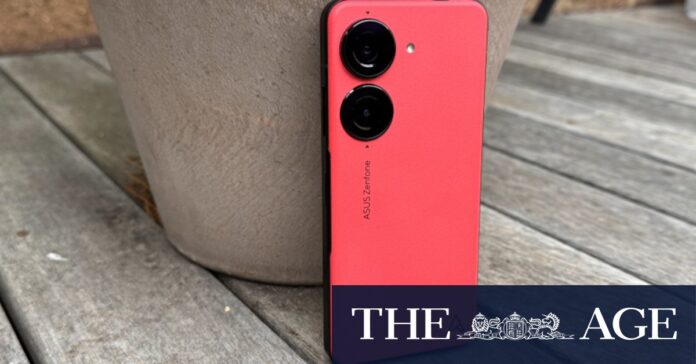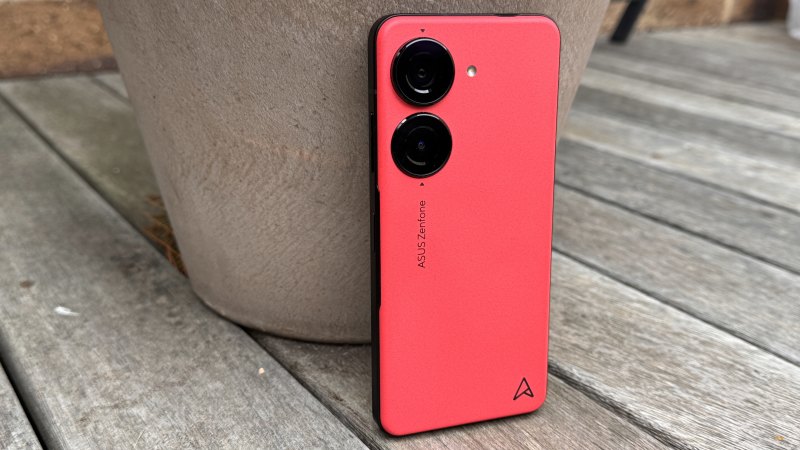[ad_1]
The Zenfone 10 is also an excellent phone, with a great looking, high refresh screen; a roughly textured plastic finish; a powerful and brand new Snapdragon 8 Gen 2 processor; and all the details you expect in 2023 (fingerprint reader, waterproofing, wireless charging) as well as an honest-to-goodness 3.5mm headphone jack.
Loading
Compared with Google’s Pixel 8, it’s more powerful and a touch more expensive at $1300. It can’t quite measure up in terms of cameras and software, but by no means does a bad job. Yet to claim that its smallness is a major distinguishing feature might be a bit of an exaggeration – it’s around 4mm shorter and 2mm narrower.
Why don’t companies make truly smaller phones?
It’s common to see people online claiming to want a smaller, high-end phone. In 2020, Apple gave it to them in the form of the iPhone 12 Mini, with its titchy 5.4-inch screen. It followed that up with an iPhone 13 Mini. But a year later it ditched the idea – and last month is stopped selling the 13 Mini entirely.
This would likely indicate that there just weren’t enough people who wanted a brand new diminutive phone – at least not an Apple one – and that the company couldn’t justify making them.
Loading
Essentially, all other companies are beholden to the industry trends. You can’t simply call up Samsung Display and ask for a small order of OLED panels in a size nobody else is making. Besides, stuffing increasingly more powerful processors, bigger cameras and higher capacity batteries into high-end devices isn’t conducive to small frames.
A group of designers calling themselves the Small Android Phone team – several of them having worked on the Pebble smartwatch, which was eventually bought by Fitbit – began talking publicly this year about making a little device. But discussing the process with followers on Discord, they’ve identified the display as a tricky piece of the puzzle.
Manufacturers don’t make displays under 6 inches available for purchase, with special cases (such as the iPhone Mini) being made under exclusive contracts. The best lead they have so far is to try to use displays designed for the front part of a foldable phone, but they’re yet to strike an agreement.
What are my non-2023 options?
If you want a high-end small phone, your only course of action is to buy something from several years ago. This means accepting you may not get as many years of operating system upgrades (or battery life) as you would with something brand new, and won’t get the very latest processors or features.
For Apple, the iPhone 13 Mini is the obvious choice. The A15 processor is still very snappy, the screen and cameras are great, and it’s legitimately small; even shorter than the iPhone 6 Apple was selling in 2014.
Things are more difficult in Android land. I love the small and inexpensive Pixel 5, but at more than three years old now, it can be hard to find. With its recent update to Android 14, it’s also at the end of its guaranteed update window. All more recent Pixels are at least half a centimetre taller, but it could be worth it for a more future-proof device.
Get news and reviews on technology, gadgets and gaming in our Technology newsletter every Friday. Sign up here.
[ad_2]
Source link



